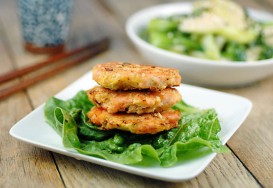SOLEÉ SOLESOLEÉ SOLE
Solea Senegalensis

In a general nutritional value assessment of the Soleé sole, the high biological value of the protein has to be highlighted. In addition, the high level of essential omega 3 fatty acids, in particular docosahexaenoic acid (DHA), makes this fish a perfect product for human nutrition helping to prevent chronicle inflammation, obesity, hyperlipemia and cancer.
The high nutritional value of Soleé sole fatty acids is also favoured by their ratios. This special relation is responsible for important cardio-healthy and neurological properties. This is why eating Soleé sole is considered as “highly beneficial for health”, compensating for some current human eating habits that includes non-healthy fats.
The importance about the relation between the fatty acids in a diet comes through the balance between the fatty acids Omega 3 and Omega 6 (w3/w6). This way, the Soleé sole has a w3/w6 balance 3 times over the minimum recommended by experts for human diet.
These interesting parameters shown by the Soleé sole are the combined result of the production process and the own lipid metabolism of the species Solea senegalensis. The nutritional table shows fat nutritional indicators of Soleé sole that may allow presenting it as a superior quality aquaculture product in comparison to other farmed fish.
Obviously, you should not confuse the fatty acid with the fat. From the point of view of cooking, the Soleé sole is a lean fish, with a tight meat and easy to clean, it only has the main bone in the middle and the side bones (you can cut the side bones with a scissors).
Our raised Soleé sole makes several differences with the wild sole:
– Raised soles will always keep the same texture of the meat, because feeding and live conditions are the same throughout the year.
– Raised soles are similar in shape but can achieve a thicker fillet.
– Freshness is always guaranteed. Soles are alive in our facilities 48-72 hours before you receive it. Wild soles can spend between 7 to 12 days in the fishing fleet before they are labelled in the port




 December 3, 2021 •
December 3, 2021 • 

